
Author: Arti Devmurari
Published: July 6, 2025 | Updated: July 23, 2025In today’s bustling retail world, your storefront window is more than just a physical barrier—it’s your silent salesperson working around the clock to attract and engage potential customers. A well-designed window display creates an instant connection with passersby, inviting them to step inside and explore what your store has to offer. In this guide, we explore how to craft a window display that not only catches the eye but also tells your brand’s story, all while increasing foot traffic and driving sales.
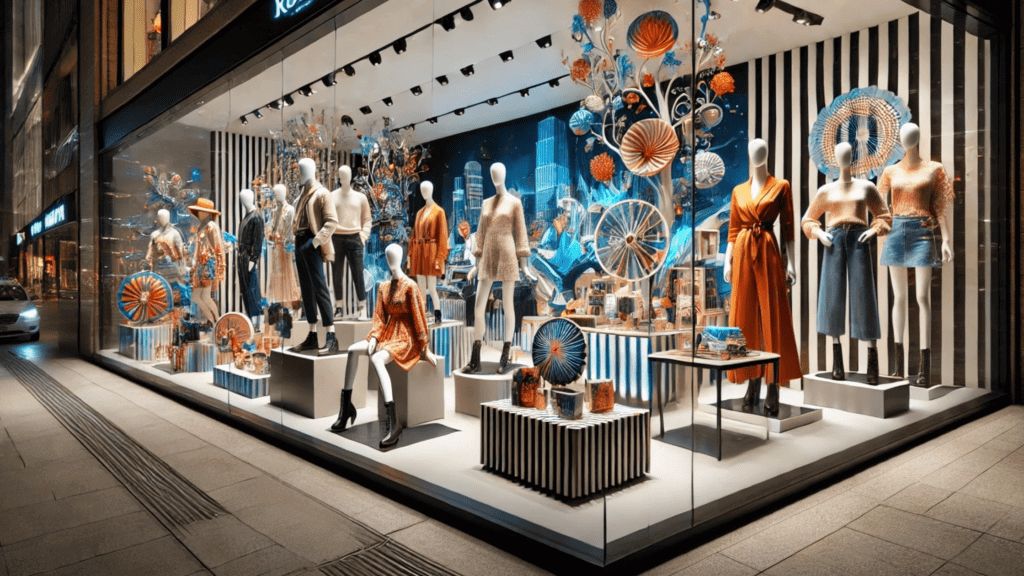
Your window display is your first chance to make a memorable impression. Shoppers form opinions within seconds, and a thoughtfully designed display can transform a casual glance into genuine interest. It sets the tone for the shopping experience, hinting at the quality, style, and personality of your brand. A dynamic window display can even inspire social media buzz, with customers sharing their experiences online and helping to spread the word about your store.

One of the most powerful ways to capture attention is by crafting a narrative through your window display. Choose a theme that resonates with your brand and the season. For example, a “Winter Wonderland” display might feature cosy props like faux snow, twinkling lights, and stylish knitwear, while a “Back-to-School” theme could showcase vibrant colours and essential stationery items in an organised layout.
Design Tip:
Select a central theme that tells a story your customers can relate to, ensuring it ties all elements together for a cohesive, impactful presentation.
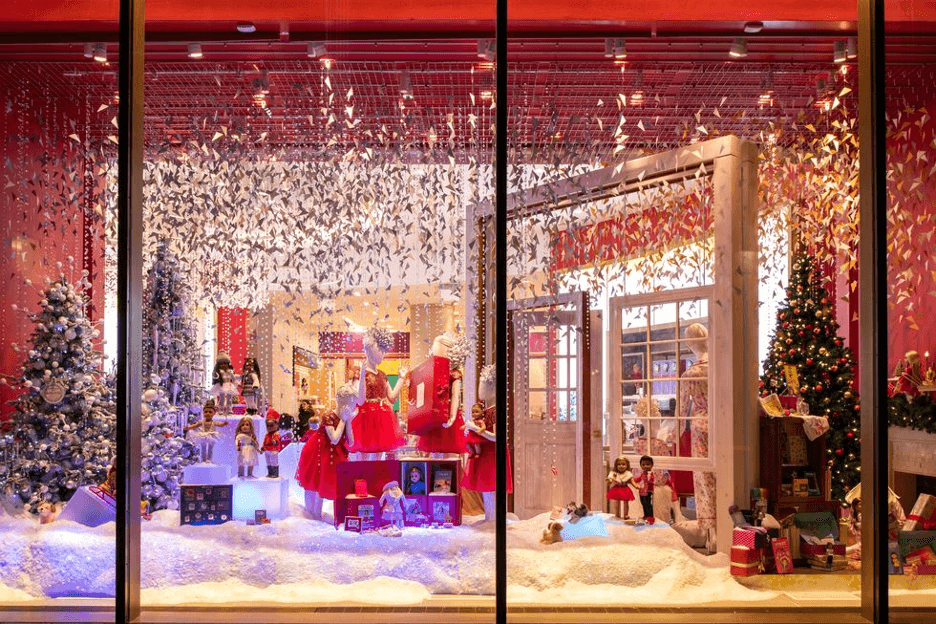
Simplicity often wins in design. A cluttered display can confuse and overwhelm potential customers, making it hard for them to discern the key message. Instead, focus on one main product or concept that you want to highlight. Use negative space deliberately to give your display room to breathe and let each element stand out. A limited colour palette can also help create a polished, cohesive look.
Design Tip:
Aim for clarity—a display should convey its message within just a few seconds of being seen. Test different setups to ensure your display is easily understood at a glance.
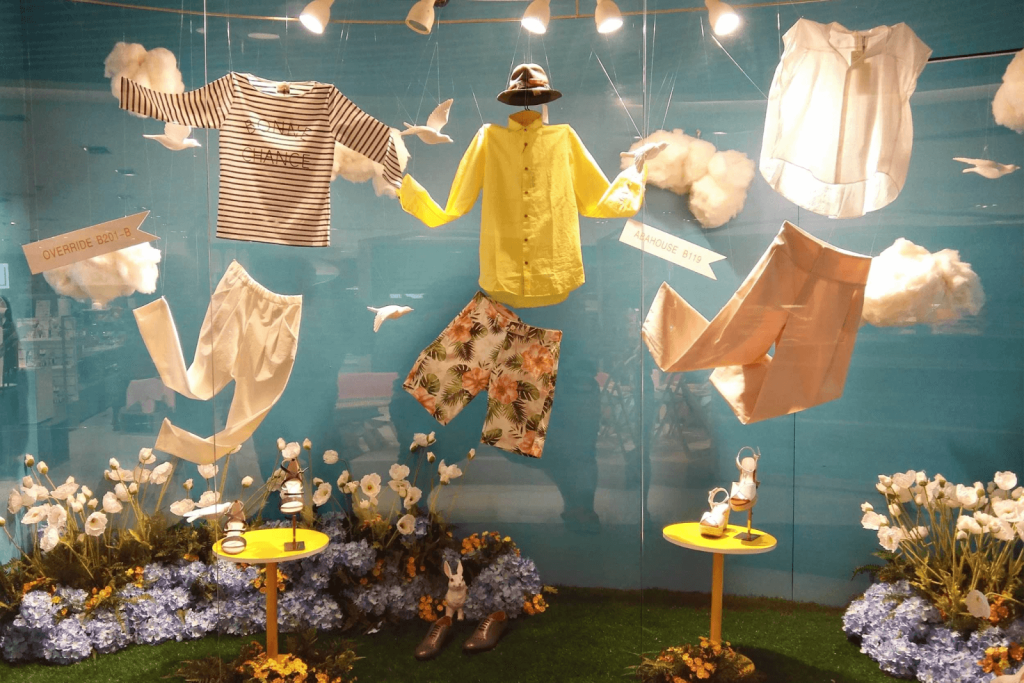
The right colours and lighting can transform your window display from ordinary to extraordinary. Bold, bright colours work well for fun, energetic promotions, while soft, neutral tones may be more suited to high-end or luxury brands. Lighting is equally important; well-placed spotlights can draw attention to key items, while warm, ambient lighting creates a welcoming atmosphere.
Design Tip:
Experiment with lighting effects at various times of the day to see how natural light interacts with your display. Consider adding LED elements or even digital screens to give your display a modern edge.
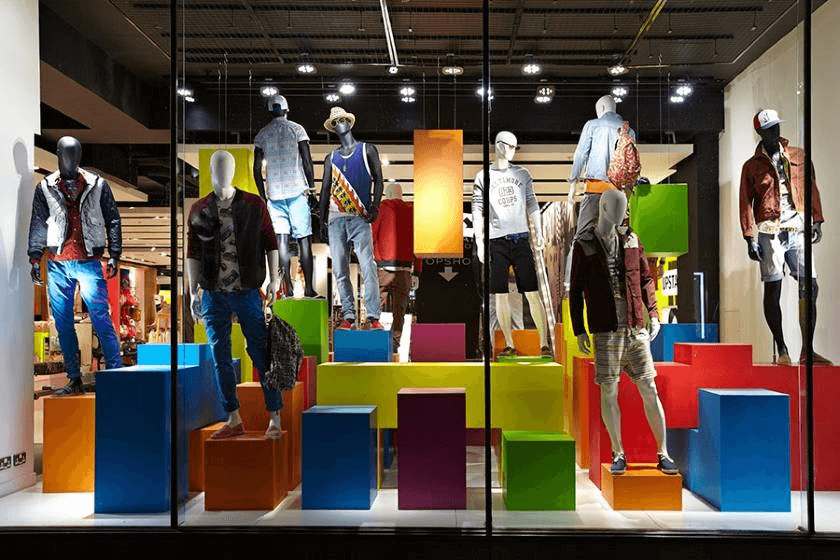
Static displays can only do so much—introducing elements of movement and interactivity can captivate your audience even further. Whether it’s a slow-moving turntable that rotates featured products or an interactive digital screen that offers additional product information, movement helps draw the eye and engage potential customers on multiple levels.
Design Tip:
Keep technology simple and intuitive. Even a gently swaying sign or a subtly moving display can be highly effective if executed well.
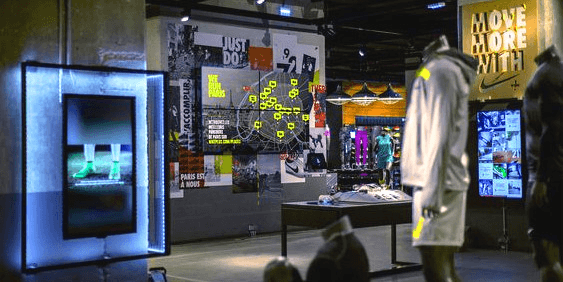
Flat, one-dimensional displays often fail to capture attention. By incorporating varying levels and layers, you create visual interest that naturally draws the eye. Use pedestals, risers, or even mirrors strategically to add depth and dimension. Placing larger items at the back and smaller details in the foreground can create a dynamic composition that feels both balanced and engaging.
Design Tip:
Play with perspective—experiment with different heights and arrangements until you achieve a display that is both intriguing and harmonious.
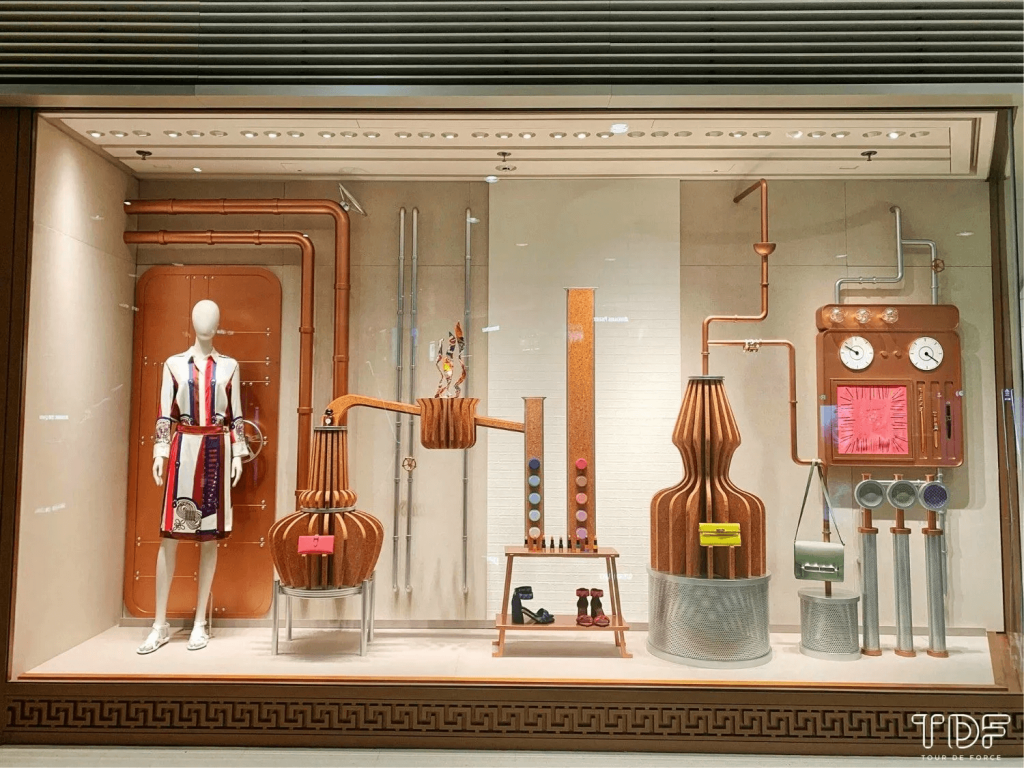
A static window display can quickly become stale. Regularly updating your display—ideally every 4 to 6 weeks—ensures that your storefront remains fresh and relevant. Rotating themes based on seasonal trends, special events, or new product launches not only keeps your space exciting but also encourages repeat visits from curious customers.
Design Tip:
Plan ahead with a seasonal calendar. This way, you can prepare your display in advance and keep your store at the forefront of current trends.

Consider how global brands utilise window displays to create buzz. Louis Vuitton, for instance, uses art-inspired installations that blur the line between fashion and fine art, while Apple’s minimalist windows focus on one hero product, creating a sleek, modern aesthetic. Nike’s use of digital screens and kinetic features adds a dynamic element that mirrors its innovative brand ethos. Drawing inspiration from these leaders, adapt and tailor your display to reflect your store’s unique identity and budget.

A great window display is a powerful marketing tool that goes far beyond mere decoration. It’s about creating a visual narrative that attracts, engages, and converts potential customers. By focusing on strong themes, simplicity, effective colour and lighting, interactive elements, and dynamic composition, you can create a window display that stops shoppers in their tracks and invites them into your store.
Design Tip:
Invest in regular testing and experimentation—small tweaks can make a big difference in capturing your audience’s attention and boosting your sales.
Image Suggestions:
By continually refining your window display strategy, you’ll ensure your store remains a captivating destination that not only draws in new customers but also keeps them coming back for more.